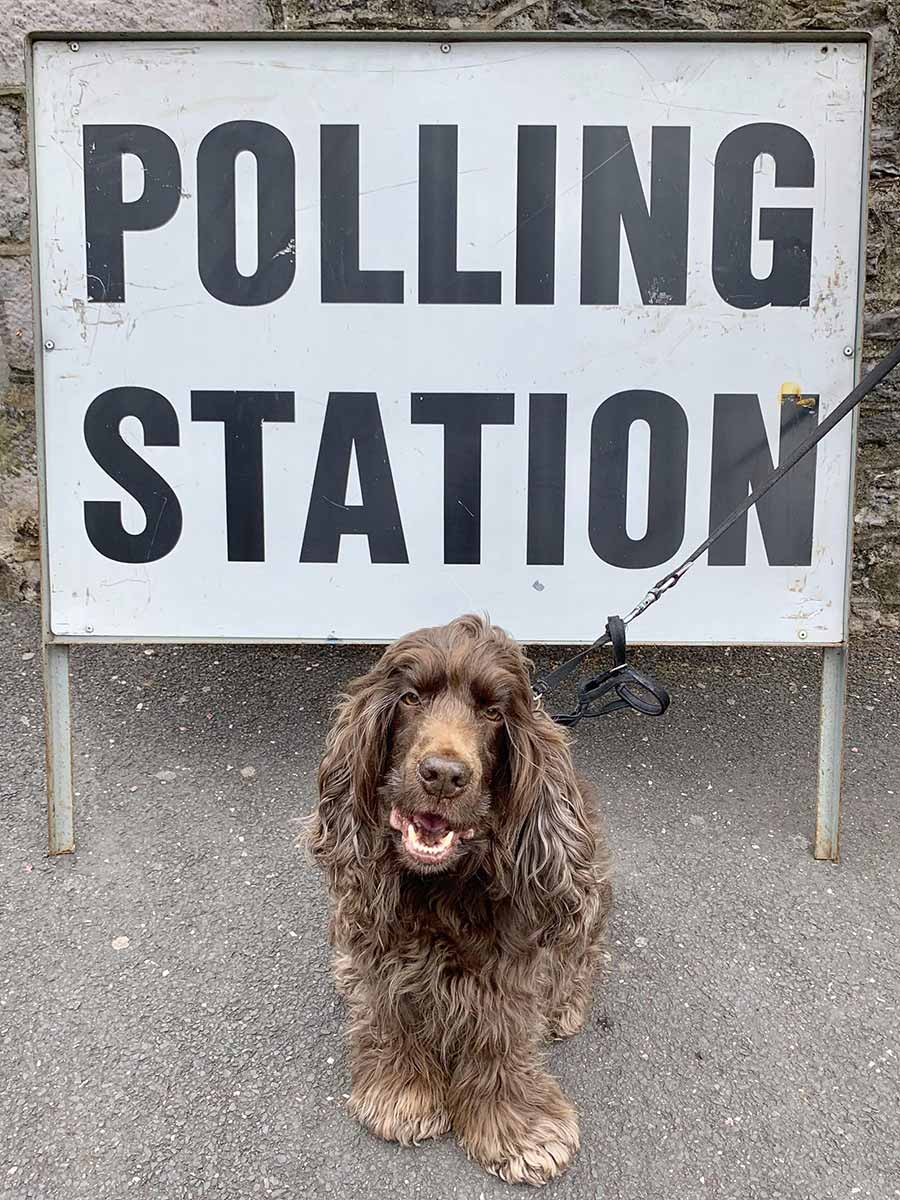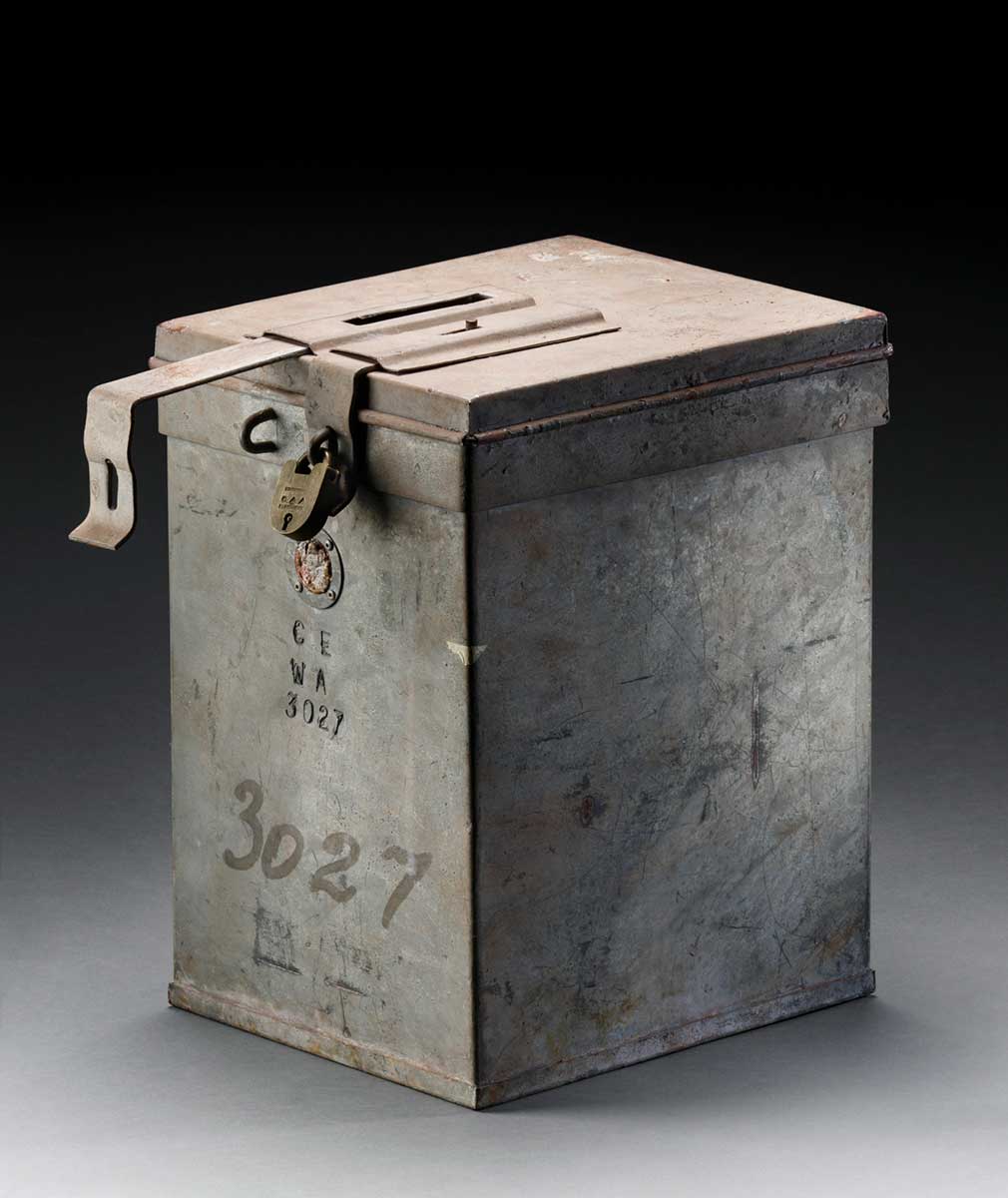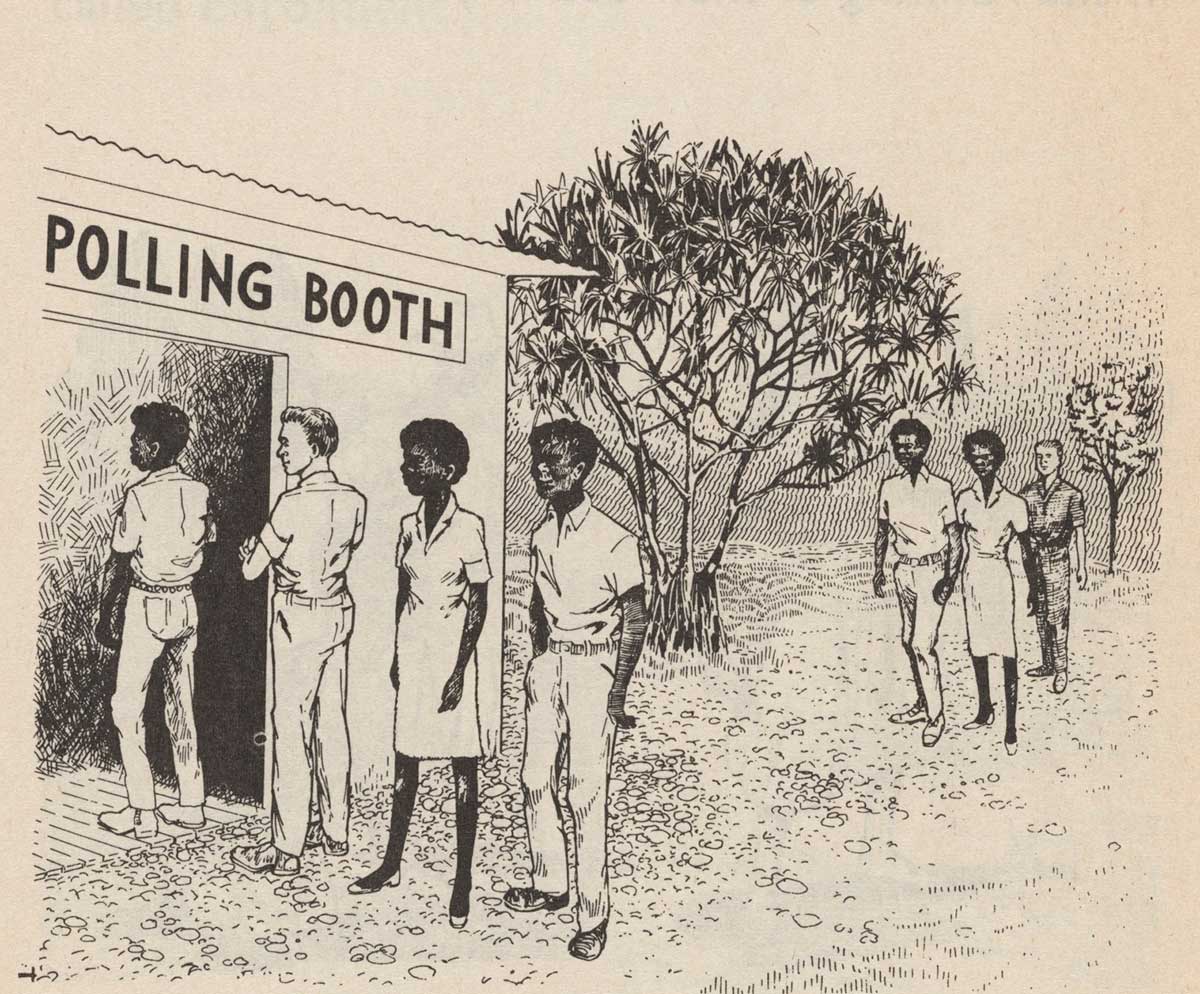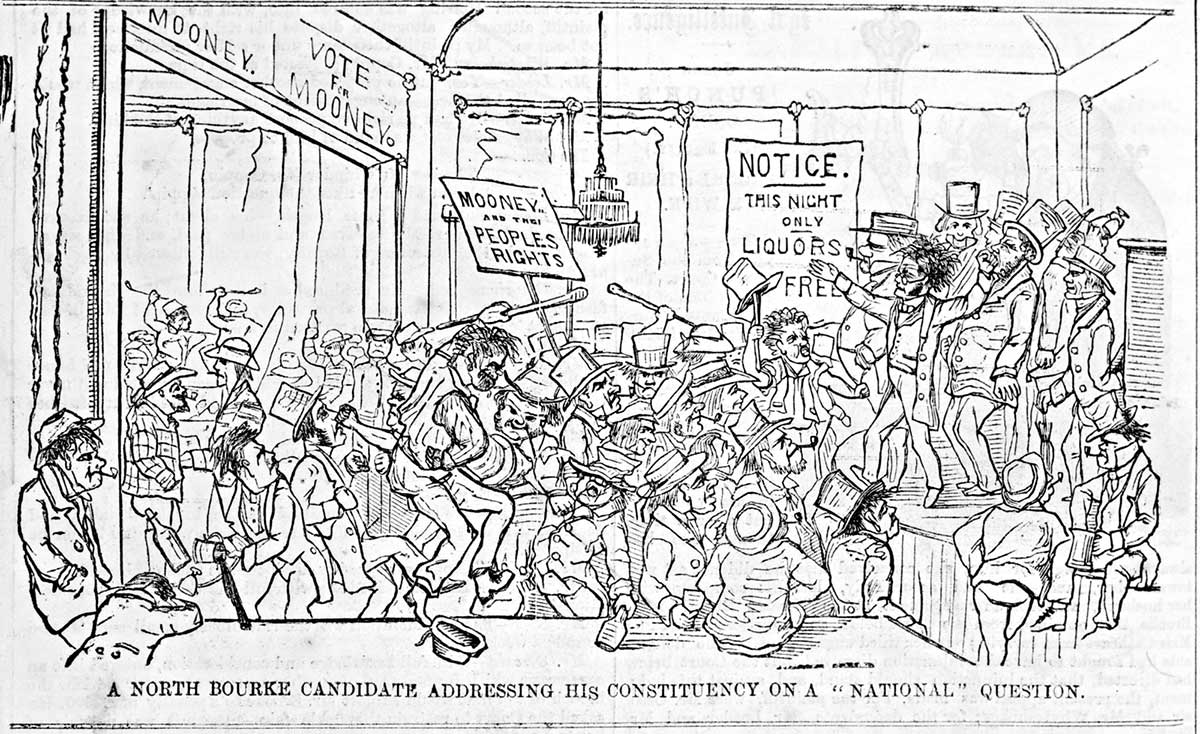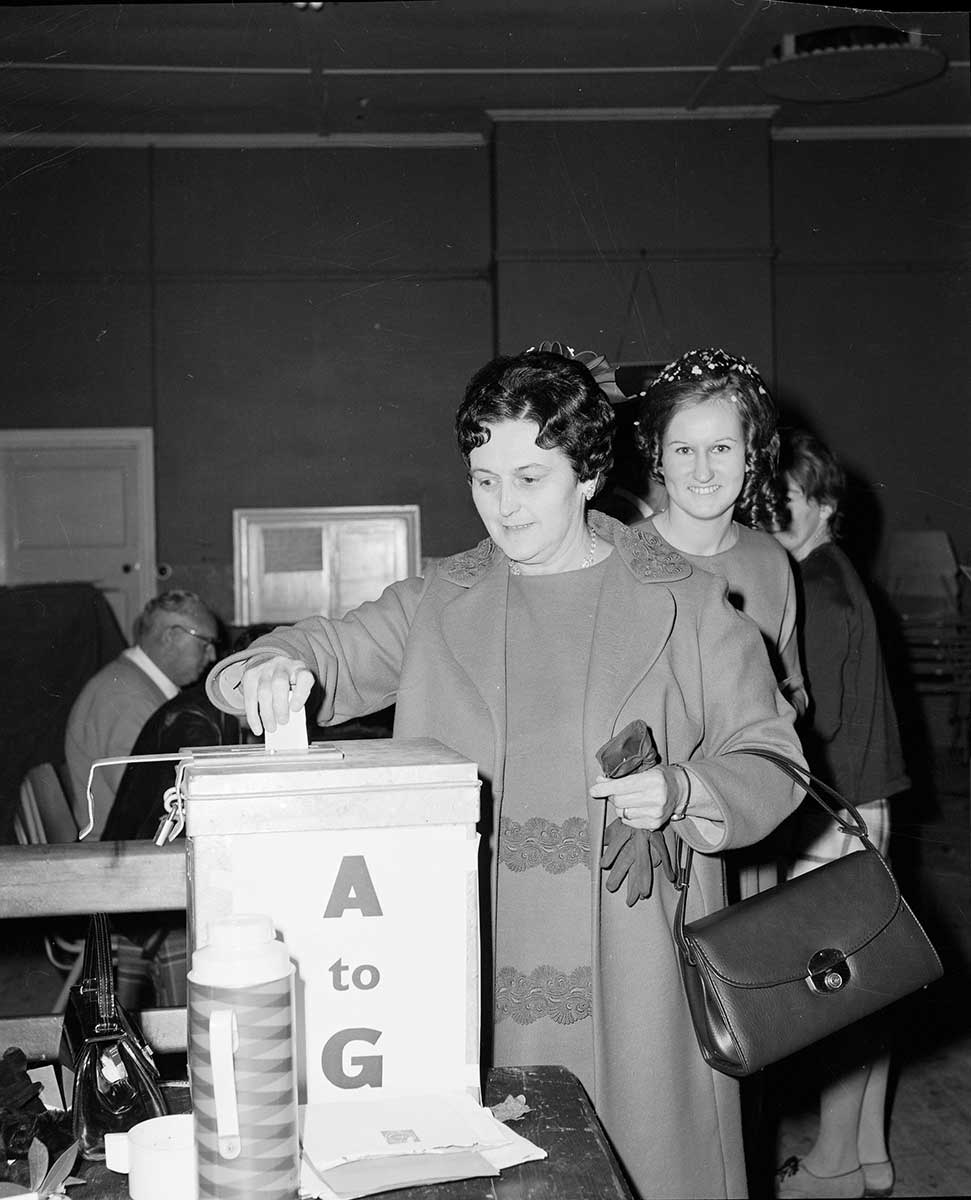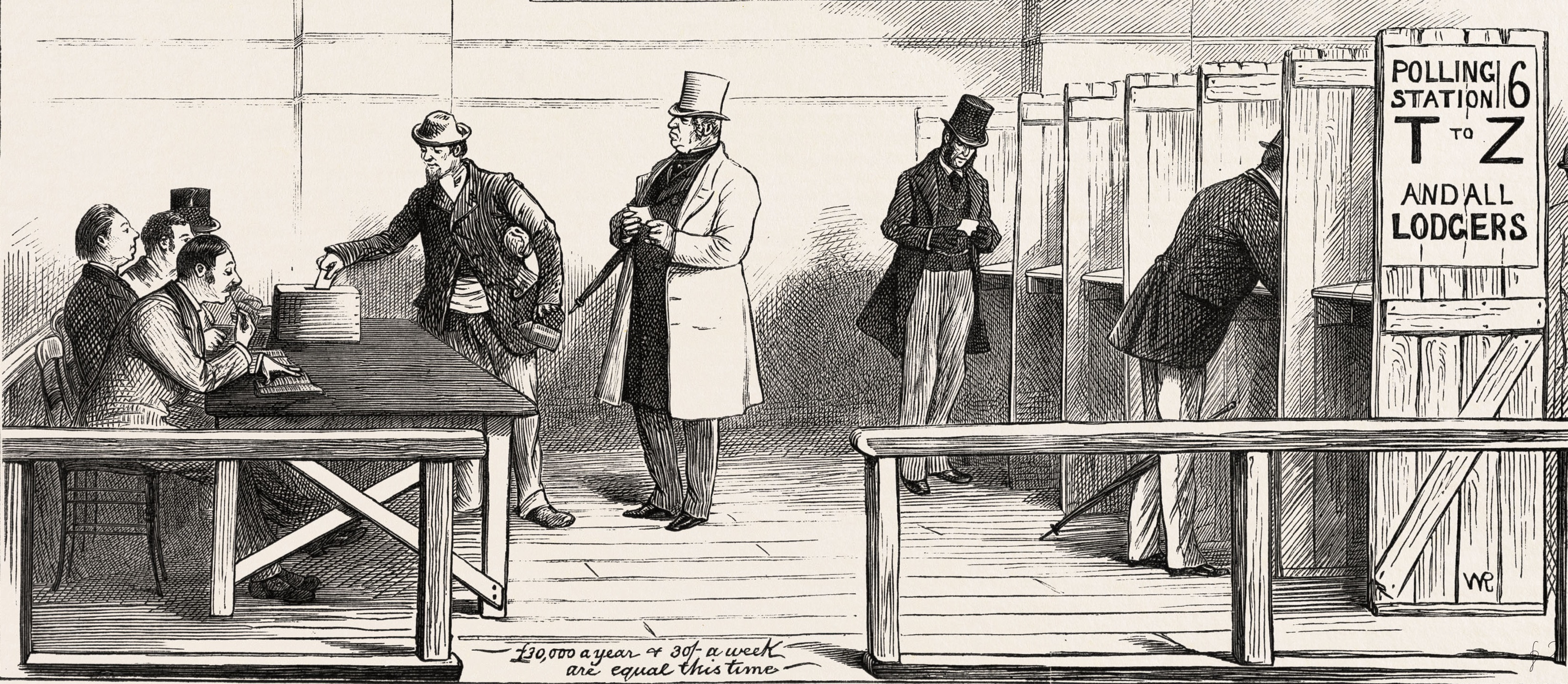Voting Defining Moments
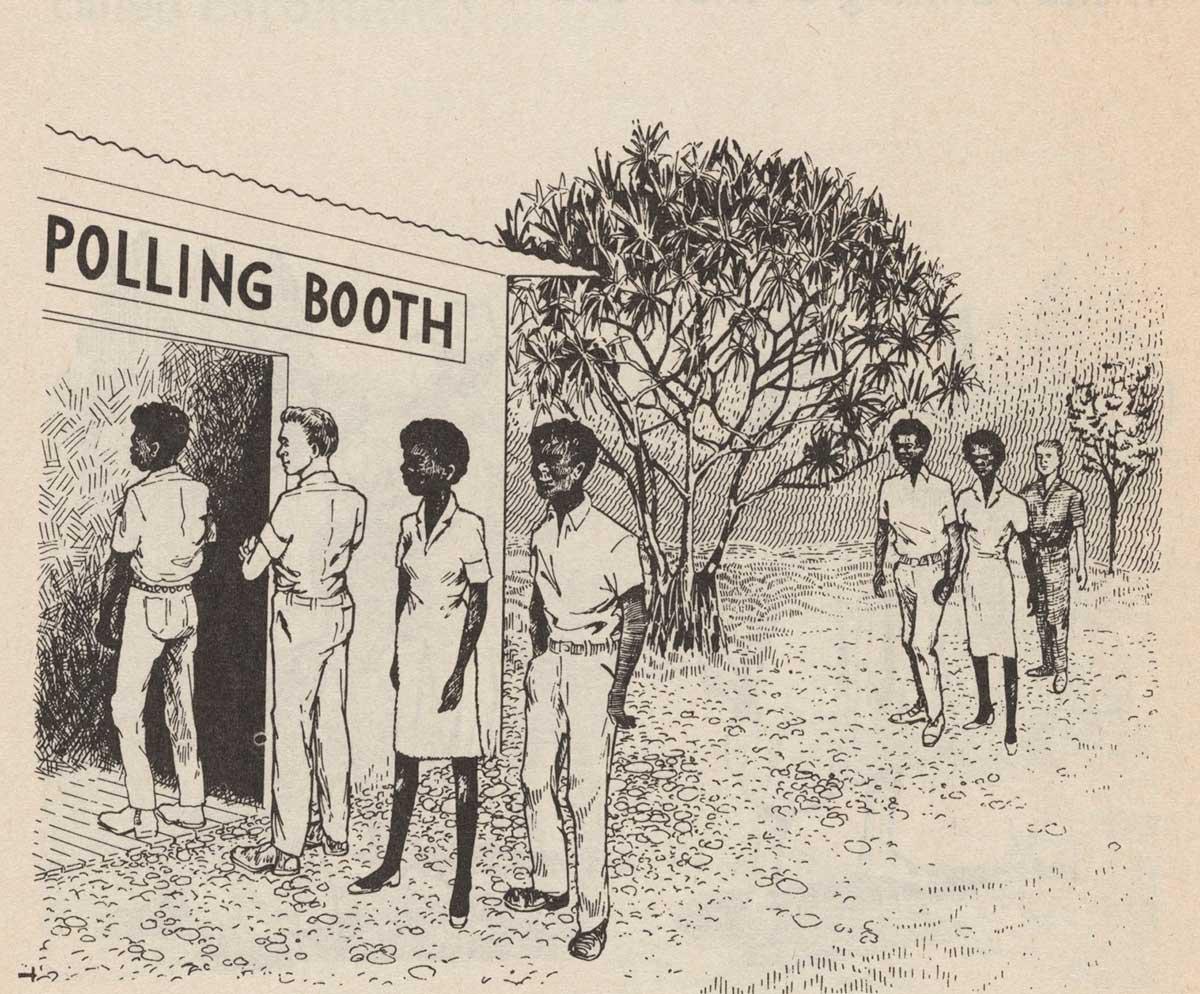
1. Overview of the learning module
Introduction
This learning module provides resources and classroom activities for teachers to use in their Australian Curriculum: Civics and Citizenship Year 5 classrooms.
It supports the Civics and Citizenship knowledge and understanding requirements for a key aspect of Australia’s government and democracy:
- The key features of the electoral process in Australia
It does this by providing a way for students to explore the development of the secret ballot and compulsory voting as essential features of Australia’s democratic electoral system in a way that is engaging and interactive.
The two investigations provide a rich digital resource for classroom use. They include contextual information, documents, images, scaffolded comprehension, analytical and extension questions, and individual, group and class activities. Using these materials and activities, students can explore aspects of the Year 5 knowledge and skills outcomes specified in the Australian Curriculum — Civics and Citizenship.
The learning module has been designed to draw on the National Museum of Australia’s Defining Moments in Australian History, together with some supplementary resources. Students do not need to visit that site to complete this learning module as the featured Defining Moments information used is available on this site.
Module snapshot
This learning module contains:
Students work through a sequence of situations (Parts 1–5) that introduce some key concepts of voting in a democracy. The activities begin with students being introduced to voting that is unduly influenced by a powerful figure. Students then experience various alternative systems of voting before finally being introduced to voting by secret ballot.
These various types of voting scenarios are introduced through a series of light-hearted imaginary classroom situations which challenge students to consider the advantages and disadvantages of each alternative approach. They do this by carrying out practical activities that reinforce their knowledge and understanding of the different ideas presented.
Students now see how the different stages of the development of voting in the first set of activities actually developed in Australia over time. They do this by looking at the development of Australia’s electoral system through the introduction of a system of secret voting in 1856, and the beginning of compulsory voting in Australia in 1924.
Students will be able to match these historical developments to the theoretical situations they explored in the classroom activities in Investigation 1.
Students reflect on the importance of both the secret ballot and compulsory voting by analysing two cartoons.
2. Student activities
Student activities
Investigation 1: Choosing classroom leaders and pets
Investigation 2: Getting a fair vote in Australia
Bringing it together
3. Relevant Defining Moment in Australian History
The Defining Moment that is relevant to the inquiry questions in the curriculum is:
|
1856 |
Investigation 2 |
A longer version of the Defining Moment is available on the National Museum of Australia website:
|
1856 |
Investigation 2 |
4. Australian curriculum level and focus
Knowledge and understanding
- the key features of the electoral process in Australia (ACAASSK116)
Inquiry and skills
Students will have exercised a number of these learning skills:
Questioning
- Develop appropriate questions to guide an inquiry about people, events, developments, places, systems and challenges (ACHASSI094)
Researching
- Locate and collect relevant information and data from primary sources and secondary sources (ACHASSI095)
Analysing
- Examine primary sources and secondary sources to determine their origin and purpose (ACHASSI098)
- Examine different viewpoints on actions, events, issues and phenomena in the past and present (ACHASSI099)
Evaluating and reflecting
- Evaluate evidence to draw conclusions (ACHASSI101)
- Work in groups to generate responses to issues and challenges (ACHASSI102)
- Reflect on learning to propose personal and/or collective action in response to an issue or challenge, and predict the probable effects (ACHASSI104)
Interdisciplinary thinking
Students will have engaged with several of the concepts of:
- significance
- continuity and change
- cause and effect
- place and space
- interconnections
- roles, rights and responsibilities
- perspectives and action.
Cross-curriculum priorities
Students will have been involved in additional learning about some aspects of:
- Aboriginal and Torres Strait Islander societies
- Asia and the Pacific
- sustainability.
Source: The Australian Curriculum Humanities and Social Sciences, v8.3, December 2016, Accessed 1 February 2019
5. Civics and citizenship outcomes matrix
All case studies in the learning module have been designed to help students develop a number of the knowledge and skills outcomes specified in Australian Curriculum — Civics and Citizenship. At the end of each section teachers could use this matrix to help guide student discussion about what they have achieved. The matrix is suitable to be used from Years 5–10, but with teachers guiding the discussion as appropriate to the particular class. It could also be used for assessment purposes.
|
Outcome |
Elaboration or explanation |
Applying this to each case study |
|---|---|---|
|
KNOWING |
Knowing the key factual elements of government and democracy, laws and citizens, and citizenship, diversity and identity. |
Do you know what the key facts are? |
|
UNDERSTANDING |
Being able to explain how and why these operate in the way they do. |
Do you understand how systems work? |
|
QUESTIONING |
Asking questions that reveal knowledge and understanding. |
Have you asked about all the aspects you need to know? |
|
RESEARCHING |
Locating relevant information. |
Are you gathering the best, most accurate and balanced information and arguments? |
|
ANALYSING |
Critically assessing information and ideas. |
Are you testing to detect bias, propaganda, inaccuracy and incompleteness? |
|
SYNTHESISING |
Bringing information together into a coherent whole. |
Are you reorganising information in a thorough, logical and clear way? |
|
INTERPRETING |
Developing your own findings. |
Are you putting forward your own ideas and acknowledging different perspectives and values? |
|
PROBLEM-SOLVING |
Using information to reach a conclusion. |
Are you using all available information to reach a solution? |
|
DECISION-MAKING |
Choosing between different possibilities. |
Have you explored all the strengths and weaknesses of options and reached the best possible decision? |
|
COMMUNICATING |
Presenting information and ideas clearly and well. |
Is your presentation clear, logical, concise and persuasive? |
|
REFLECTING |
Applying knowledge to understand the present and possible futures of society. |
Are you applying your knowledge and understanding in a way that explains the characteristics of the present situation and takes account of possible changes? |
6. Learning at the National Museum of Australia
Enjoying our online teaching resources? Why not check out what else we have to offer?
We run onsite school programs, digital excursions and teacher professional learning programs.
Discover more about defining moments in Australian history through these curriculum-linked learning activities.









